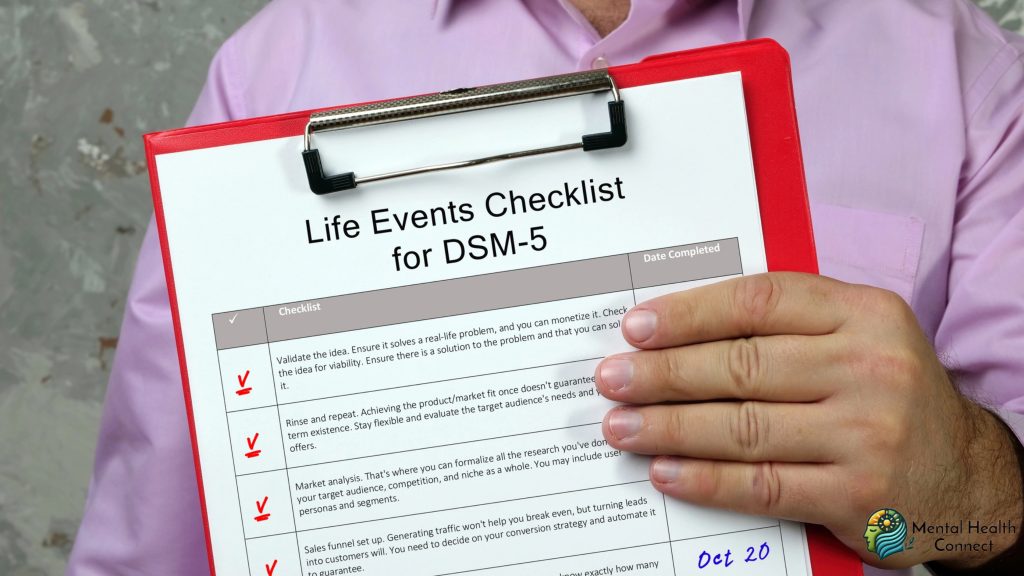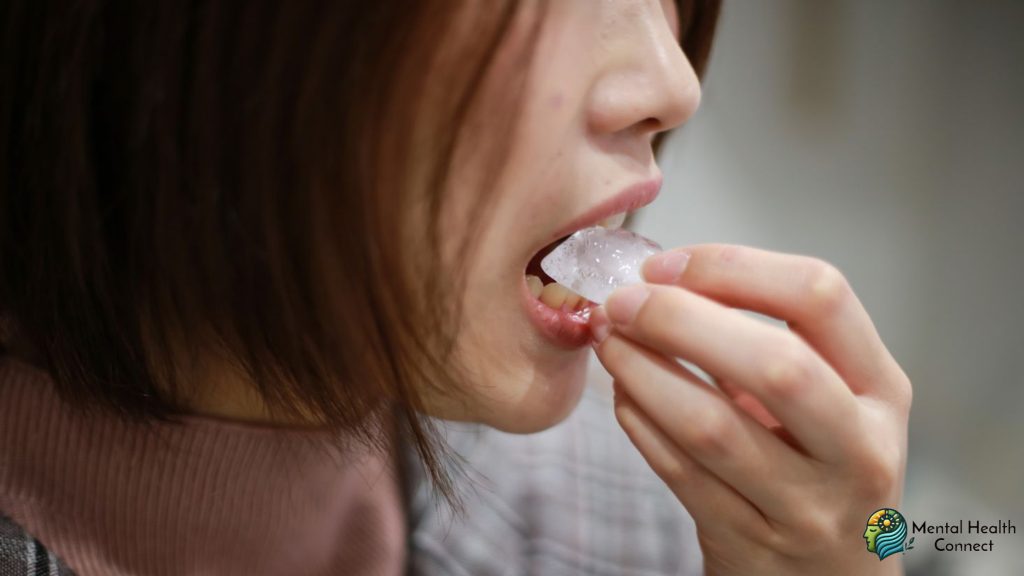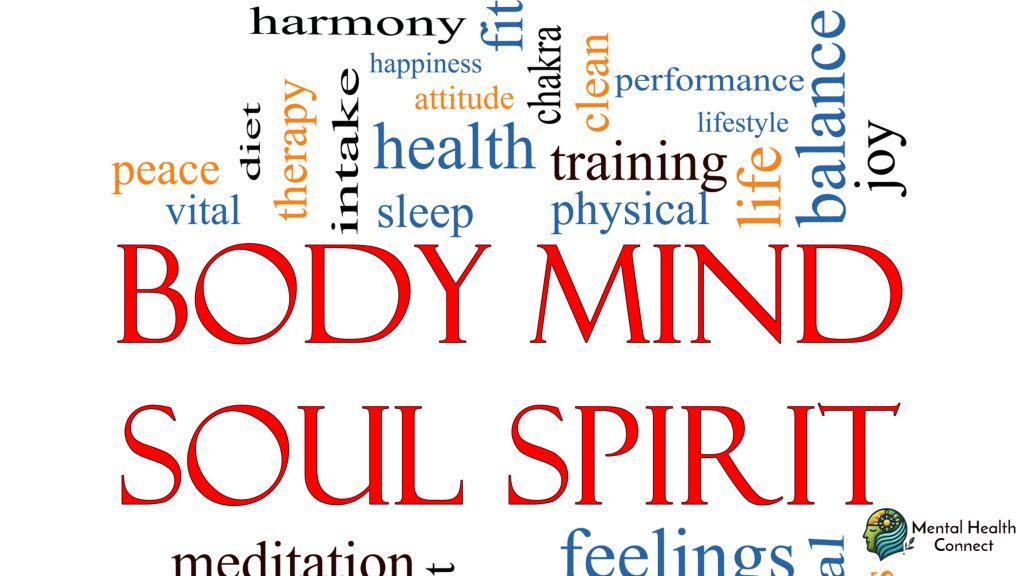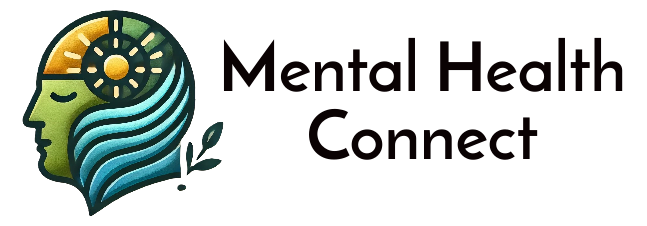Understanding Pica Disorder: Causes, Symptoms, and Treatment Options

Pica disorder is a complex eating condition characterized by persistent consumption of non-nutritive, non-food substances for at least one month. Individuals with pica disorder may consume items such as clay, dirt, paper, soap, chalk, hair, cloth, or even sharp objects like glass or metal. This disorder affects people of all ages but is most commonly observed in children, pregnant women, and individuals with developmental disabilities. Pica disorder can lead to serious health complications including nutritional deficiencies, intestinal blockages, poisoning, and dental damage. Understanding the underlying causes and appropriate treatment approaches is essential for managing this challenging condition effectively.
What is Pica Disorder?

Pica disorder is an eating disorder recognized in the Diagnostic and Statistical Manual of Mental Disorders (DSM-5). To receive a diagnosis, a person must demonstrate:
- Regular consumption of items not intended as food that continues for a minimum of four weeks.
- The consumption pattern exists outside recognized cultural traditions or socially acceptable practices.
- The eating behavior is inappropriate for the individual’s developmental level
- If occurring alongside another mental disorder or medical condition, the behavior is severe enough to warrant additional clinical attention.
Common substances consumed by people with pica include:
- Earth materials: soil, clay, chalk, pebbles
- Paper products: toilet paper, newspaper, paper towels
- Personal care items: soap, toothpaste, deodorant
- Household items: cloth, string, hair, paint chips
- Metal objects: coins, paperclips, staples
- Other materials: ice, ashes, cigarette butts
Types and Presentations

Pica can present differently depending on the specific substance consumed:
- Geophagia: Eating earth, soil, or clay
- Pagophagia: Consuming ice
- Trichophagia: Eating hair
- Xylophagia: Eating paper
- Lithophagia: Consuming stones or pebbles
- Amylophagia: Eating starch
- Coprophagia: Consuming feces (rare and typically associated with severe developmental disorders)
Why is Pica Disorder Important to Recognize?

Pica disorder deserves serious attention due to its potentially severe health consequences:
Physical Health Risks
- Nutritional deficiencies: Consistent consumption of non-food items can displace nutritious foods in the diet
- Gastrointestinal complications: Intestinal obstruction, perforation, or damage to the digestive tract
- Poisoning: Ingestion of toxic substances like lead from paint chips
- Parasitic infections: Especially from consuming soil or feces
- Dental damage: Chewing on hard objects can damage teeth and gums
Psychological Impact
- Social stigma and embarrassment
- Anxiety about the compulsive behavior
- Possible comorbidity with other mental health conditions
- Impact on quality of life and daily functioning
Special Populations
Pica is particularly significant for:
- Children: May indicate developmental issues or nutritional deficiencies
- Pregnant women: Can affect maternal and fetal health
- Individuals with developmental disabilities: May require specialized interventions
How to Identify and Diagnose Pica Disorder?

Warning Signs
- Frequent consumption of non-food items
- Finding non-food items in stool
- Stomach pain or other gastrointestinal symptoms
- Dental problems without apparent cause
- Behavioral signs of cravings for non-food items
Diagnostic Process
- Medical history review: Detailed discussion of eating habits and behaviors
- Physical examination: To check for complications like intestinal blockages
- Blood tests: To identify potential nutritional deficiencies or poisoning
- Imaging studies: X-rays or other scans to detect ingested objects
- Psychological evaluation: To assess for co-occurring mental health conditions
Differential Diagnosis
Pica must be distinguished from:
- Normal developmental exploration in young children
- Cultural practices involving non-food substances
- Other eating disorders
- Obsessive-compulsive disorder with food-related compulsions
Best Practices for Managing Pica Disorder
Medical Interventions
- Nutritional assessment and supplementation: Addressing deficiencies, particularly iron, zinc, and calcium
- Treating underlying medical conditions: Managing conditions like anemia or celiac disease that may contribute to pica
- Monitoring for complications: Regular check-ups to detect potential health issues
Behavioral Approaches
- Applied behavior analysis: Systematic approach to understanding and changing behavior
- Positive reinforcement: Rewarding appropriate eating behaviors
- Aversion therapy: Creating negative associations with non-food items (used cautiously)
- Habit reversal training: Teaching alternative responses to the urge to consume non-food items
Environmental Modifications
- Limiting access: Removing easily accessible non-food items
- Supervision: Providing appropriate oversight, especially for children or individuals with developmental disabilities
- Safe alternatives: Offering acceptable substitutes that satisfy oral or sensory needs
Psychological Support
- Cognitive-behavioral therapy: Addressing thought patterns related to pica
- Family therapy: Helping families understand and support treatment
- Peer support communities: Engaging with fellow individuals navigating similar experiences to share insights, strategies, and emotional encouragement.
Common Mistakes & How to Avoid Them
Misunderstanding Pica as Merely a Bad Habit
Mistake: Dismissing pica as willful misbehavior or a habit that can be easily broken
Solution: Recognize pica as a complex disorder requiring professional assessment and intervention
Focusing Only on Preventing Access
Mistake: Simply removing non-food items without addressing underlying causes
Solution: Combine environmental controls with comprehensive treatment of root causes
Ignoring Cultural Context
Mistake: Mislabeling culturally sanctioned practices as pathological
Solution: Understand cultural practices involving non-food substances and distinguish them from pica disorder
Delaying Treatment
Mistake: Waiting to seek help until serious medical complications occur
Solution: Pursue early intervention at the first signs of persistent non-food consumption
Neglecting Co-occurring Conditions
Mistake: Treating pica in isolation without addressing related conditions
Solution: Take a holistic approach that considers all aspects of physical and mental health
Future Trends & Predictions in Pica Disorder Research and Treatment
Enhanced Understanding of Neurobiological Factors
Research is increasingly exploring the brain mechanisms involved in pica, including:
- Reward pathway dysfunction
- Sensory processing differences
- Potential genetic factors
Technology-Assisted Interventions
- Virtual reality exposure therapy
- Mobile applications for monitoring and intervention
- Telehealth options for ongoing support
Personalized Treatment Approaches
- Genetic testing to identify predispositions
- Customized nutritional protocols
- Individualized behavioral plans based on precise triggers
Community-Based Support Models
- School-based identification and intervention programs
- Integration of pica awareness into prenatal care
- Community health worker training in underserved areas
FAQs About Pica Disorder
What causes pica disorder?
Pica disorder can be caused by multiple factors including nutritional deficiencies (particularly iron, zinc, and calcium), developmental disabilities, pregnancy, cultural factors, and underlying psychiatric conditions. In some cases, sensory needs or stress may trigger pica behaviors. The exact cause varies between individuals and may involve a combination of these factors.
Can pica disorder be cured?
For many individuals, especially children, pica disorder resolves with appropriate treatment of underlying causes and behavioral interventions. In cases related to pregnancy, symptoms typically disappear after childbirth. However, when associated with developmental disabilities or certain psychiatric conditions, pica may require ongoing management rather than complete resolution.
Is pica disorder common during pregnancy?
Pica cravings occur in approximately 27-68% of pregnancies in some populations, though prevalence varies significantly by cultural background and geographic region. The most common pregnancy-related pica involves craving and consuming ice (pagophagia), clay (geophagia), or starch (amylophagia). These cravings typically disappear after delivery.
How is pica disorder different from normal childhood exploration?
Young children naturally explore their environment through mouthing objects, which is developmentally appropriate up to about 18-24 months. Pica disorder differs in that the behavior persists beyond this developmental stage, occurs regularly rather than occasionally, and involves actual ingestion of non-food items rather than merely mouthing them.
What emergency signs should prompt immediate medical attention?
Seek emergency care if someone with pica has ingested potentially toxic substances (like lead-based paint chips), sharp objects that could cause internal damage, shows signs of intestinal blockage (severe abdominal pain, vomiting, inability to pass stool), or exhibits symptoms of poisoning (such as confusion, seizures, or loss of consciousness).
Can pica disorder be prevented?
While not all cases of pica can be prevented, risk reduction strategies include ensuring adequate nutrition (particularly iron intake), close supervision of children and individuals with developmental disabilities, proper storage of non-food items, and early intervention for developmental or mental health concerns.
How do healthcare providers diagnose pica disorder?
Diagnosis typically involves clinical interviews about eating behaviors, medical history review, physical examination, laboratory tests to check for nutritional deficiencies or poisoning, and sometimes imaging studies to detect ingested objects. Psychological evaluation may also be conducted to assess for co-occurring conditions and developmental status.
Pica disorder presents unique challenges that extend beyond typical eating disorders, requiring a multidisciplinary approach to treatment. The consumption of non-nutritive substances can lead to serious health complications, making early identification and intervention crucial. While the specific causes of pica disorder vary widely from nutritional deficiencies to developmental factors to cultural influences comprehensive treatment addressing both physical and psychological aspects offers the best outcomes. For families and individuals affected by pica disorder, understanding the condition’s complexity is the first step toward effective management.
Don’t wait until complications arise. If you recognize the signs of pica disorder in yourself or someone you care for, reach out to a healthcare provider today. Timely professional help can avert dangerous health complications while significantly enhancing overall wellbeing.Schedule an appointment with your primary care physician or a mental health professional who specializes in eating disorders. Remember, proper support and treatment make recovery possible take that important first step toward healing now.
-
 How to Support Someone with OCDApril 17, 2025
How to Support Someone with OCDApril 17, 2025 -


Leave a Reply